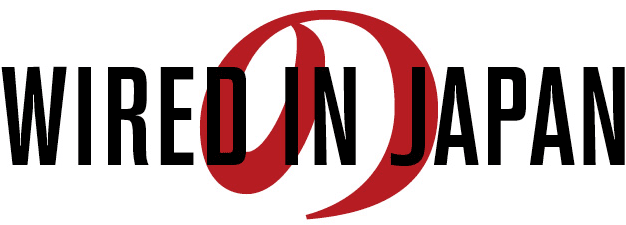8.10.2009
Think You Know Your Kana?
Yet when I was asked by my Japanese tutor, Rio Sensei, who is thankfully very specific in regards to learning the Japanese language, I thought, no problem. Yet, there's a twist: write them out, by hand, without any reference. Fail. I knew how to write some of the characters, but many I simply drew a mental blank.
Thus, Rio provided me a handy sheet for practicing hiragana and katakana. Over my time learning Japanese, I've completed over 80 sheets of kana practice. That's approximately 12,300 individually written kana; does your arm hurt after that. This is over a time span of about five months now.
That said, there are a few pesky kana, particularly katakana, that I blank on. While the previous kana worksheets are great for learning form and order, I have devised a new work sheet to help with memorization; unaided recall.
This new sheet has no sample kana to sample from; it is just you and your memory. I like to stream through all the hiragana then katakana, in proper order, then start again on the next line. If I blank, I leave a space and move on. It's good for keeping track of the characters you forget.
Get the blank practice sheet here
Now I know that I frequently forget: め(me), も(mo) in hiragana and ヌ(nu), ネ(ne), メ(me), モ(mo), ル(ru), レ(re) in katakana.
What hiragana and katakana do you seem to always forget?
8.09.2009
My Japanese Coach Review.
Many people seem to be using the Nintendo DS video game My Japanese Coach to learn the Japanese language, so I thought I would give it a play.
I have been learning Japanese, self studying, for some time now. Thus in the placement test, I tested into lesson five.
The placement test gives you a series of, at the most, 50 some questions. If you get two incorrect answers in a row, the test ends and you get placed in the appropriate lesson. The part that I fumbled up on was the days of the week. I should know them by know, so I am glad that’s where I’m starting out. The days of the week are an important thing to know.
The video game My Japanese Coach is a great resource as an introduction to the Japanese Language. It is fun and easy to get into. It starts you out with English spellings of Japanese words (romaji) and as you progress becomes written with Japanese characters (hiragana, katakana, kanji).
My only qualm is about the necessity of romaji for continued learning. It serves its role in making this game accessible, but is a crutch in the long run; if your learning a foreign language, you should use the proper characters. Thus, my word of advice: learn hiragana and katakana as soon as possible and get away from romaji just as quick.
Overall a fun game. がんばって! (Do your best!)
Japanese Designers.
Japanese designers, architects, engenieers, creatives, and thinkers from Kenya Hara’s book Designing Design
shigeru ban
masahiko sato
kengo kuma
kaoru mende
kosuke tsumura
naoto fukasawa
norihide imagawa
tadasu ohe
akio okumura
kaoru kasai
kanji hayashi
mayumi miyawaki
shin sobue
toyo ito
shuhei hasado
yasuhiro suzuki
shunji yamanaka
keiko hirano
masayo ave
reiko sudo
kazunari hattori
/
